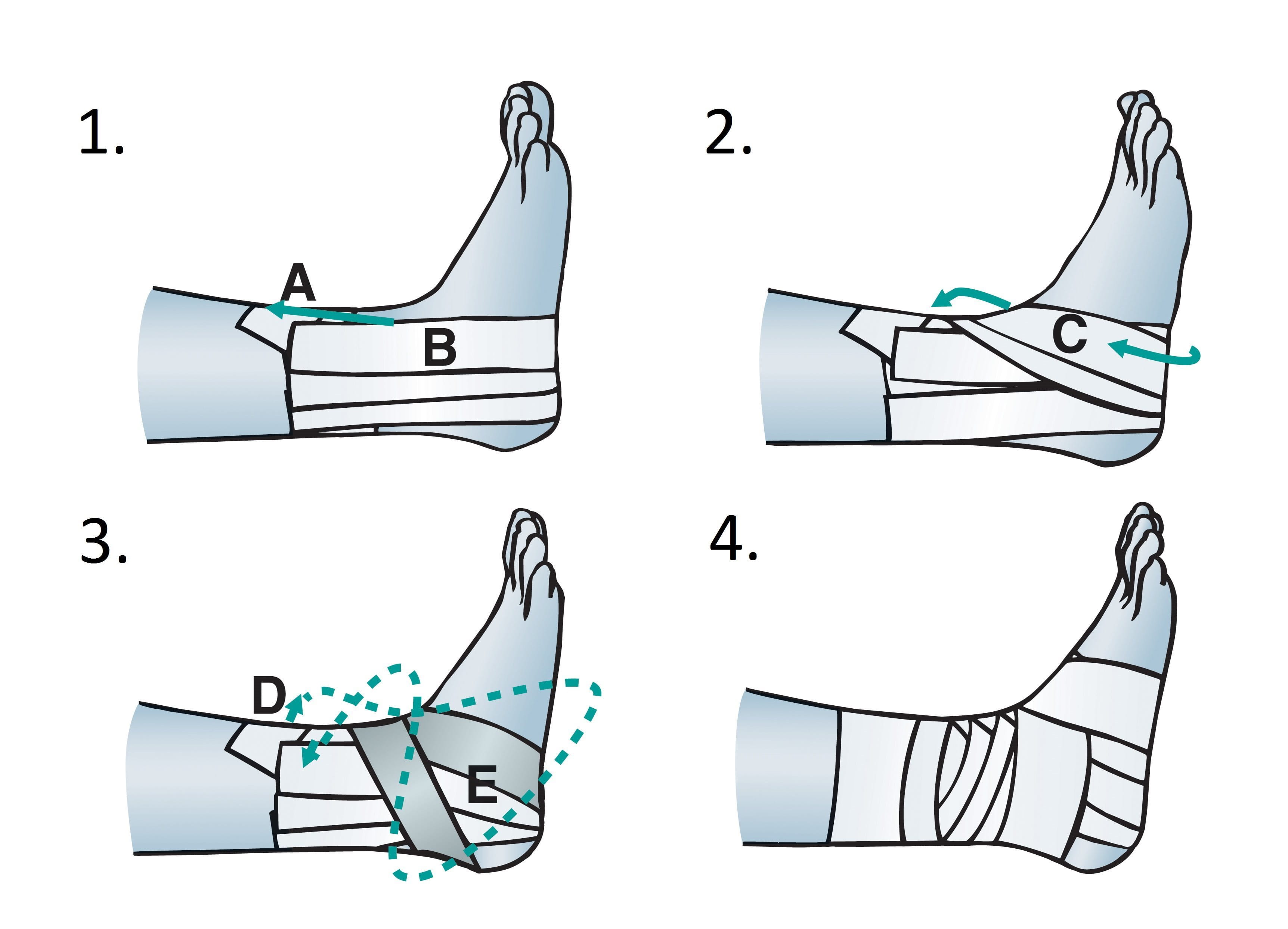Your ankle is under immense weight bearing pressure every day. Find out how you can treat and prevent a rolled ankle or sprain to give yourself the best chance of successful recovery.
A rolled ankle or ankle sprain is one of the most common ankle injuries.
When you roll your ankle you stretch or tear one or more of the ligaments around your ankle. Ankle sprains range from mild to extreme severity. Sometimes you might simply lose your balance, lightly roll your ankle and only experience minimal pain that subsides quickly. On another occasion, you might hear a loud pop following by swelling and severe pain.
Regardless of the level of pain you experience, it’s important to consult a qualified physician as soon as possible. If not treated properly, a sprained ankle can increase your risk of re-injury as much as 40-70%.



